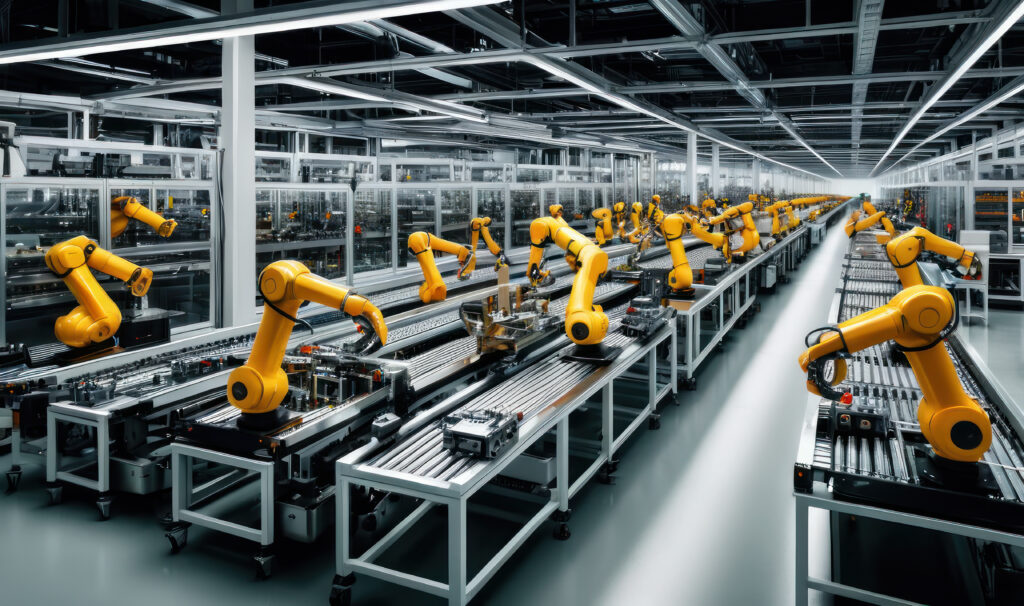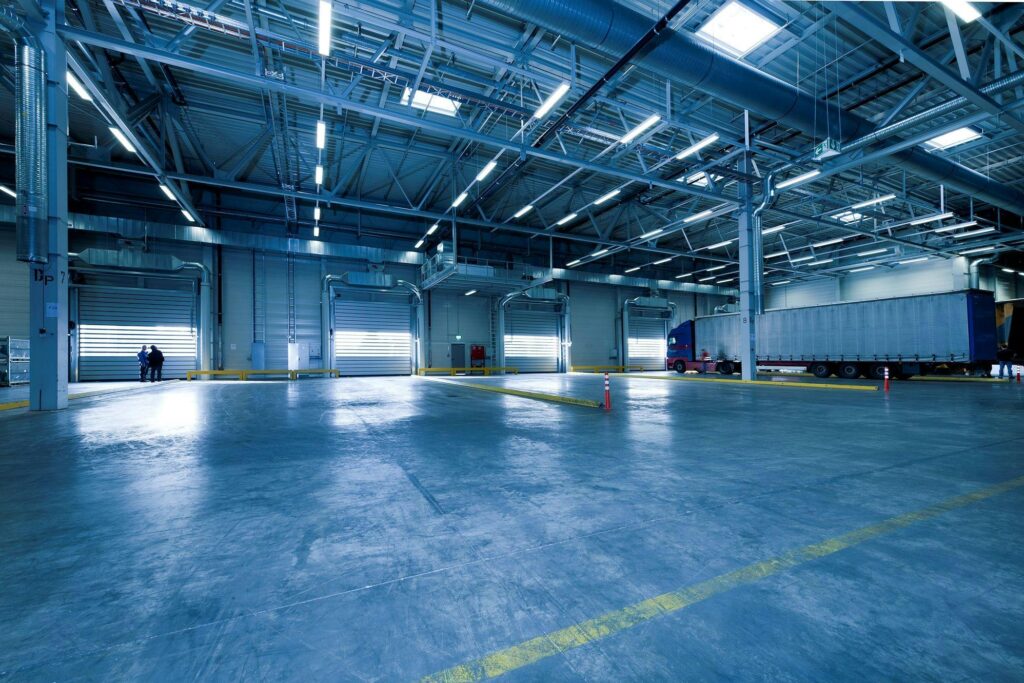
By Matt Churchill, Principal sales engineer
Matt Churchill is a Principal sales engineer at OSARO, specializing in driving innovation through practical automation design. With extensive experience in solutions architecture, project management, and application engineering, he consistently develops customer-driven solutions. His diverse background showcases his expertise in automation and mechanical design.
Have you ever hesitated to integrate robotics into your warehouse operations, worried it might disrupt everything you’ve built? You’re not alone. Many fulfillment and 3PL facilities struggle with the idea of automation, fearing downtime, technical headaches, and compatibility issues. But what if robotics could smoothly enhance your workflow instead of disrupting it?
Common integration challenges: The reality check
First, let’s acknowledge the typical barriers warehouses face. Many facilities weren’t originally built with robots in mind. Think of outdated or legacy layouts, limited power infrastructure, and shaky internet connections. Integrating robots with legacy systems often feels like trying to fit a square peg in a round hole. Existing equipment may not easily mesh with new technologies, leading to unexpected expenses or delays.
The technical complexity of robotics can also seem intimidating. The initial setup and configuration of robotic systems, specialized programming, software integration, and ongoing maintenance might stretch your team’s current capabilities. In today’s financial climate, the upfront costs — including equipment, facility adjustments, and training — can feel daunting. Traditional robots, typically designed for fixed tasks, often require extensive reprogramming each time products or layouts change. The downtime headache associated with these updates can easily outweigh their value.
Identifying the right tasks for robotics
Despite these concerns, some warehouse tasks practically beg for automation. Look at your repetitive, monotonous activities — pick-and-place operations, sorting, packing — these tasks typically see immediate benefits from robotics. Tasks with high SKU variability or seasonal product rotations also gain significantly from adaptive, intelligent robotic systems.
Realistically, what can modern warehouse robots do?
Today’s advanced robotics use AI and machine learning to autonomously adapt to new products and workflows. Imagine a robot that doesn’t need manual retraining every time you introduce new SKUs. That’s already a reality in many warehouses. With advanced perception capabilities, these robots integrate smoothly with existing warehouse management systems (WMS) and automated storage and retrieval systems (ASRS), continuously improving their performance without heavy manual oversight.
Sounds good, right? But you’re probably still wondering, “How will this work in my environment?” After working with dozens of warehouse teams facing the same questions, I’ve assembled some basic best practices for smooth integration.
Best practices for smooth integration
- Start with a process audit: Map your current workflows, identify key bottlenecks, and assess ergonomic and environmental factors driving labor costs and employee turnover.
- Phase your rollout strategically: Introduce robotics gradually, starting with clearly defined tasks or trouble spots. Evaluate results at each step, refine your approach, and steadily expand successful automation.
- Choose adaptable robotics solutions: Invest in flexible, AI-driven systems designed to quickly adjust to SKU changes and integrate easily with your existing technology and operational processes.
Day one: Engage your team
Involve your most experienced employees early. These workers know your warehouse better than anyone else — they can identify practical challenges and help ensure a smoother robotic transition. Consider promoting these valued employees into supervisory roles, overseeing robotic operations, which enhances their job satisfaction and retention. Clear communication and targeted training can significantly reduce resistance and anxiety.
Craft a compelling business case
Clearly document your operational challenges. Highlight risks associated with maintaining the status quo — such as labor shortages, errors, and missed productivity opportunities. Consider how flexible, scalable automation could open doors to new product lines or operational efficiencies.
Work the numbers
Now, let’s talk numbers. Realistically calculate your ROI by factoring in hidden costs and potential benefits. Most robotic implementations target about an 18-month payback period. If capital expenses are a concern, explore robot-as-a-service (RaaS) models that convert upfront costs into manageable operational expenses.
Final thought
Integrating robotics doesn’t have to turn your operation upside down. By clearly understanding common barriers and methodically following these best practices, warehouse operators can smoothly adopt robotics, enhancing productivity, reliability, and employee satisfaction — without losing sleep. Taking the first step doesn’t have to be daunting; begin with an audit, engage your team, and explore how intelligent robotics can positively transform your warehouse today.




